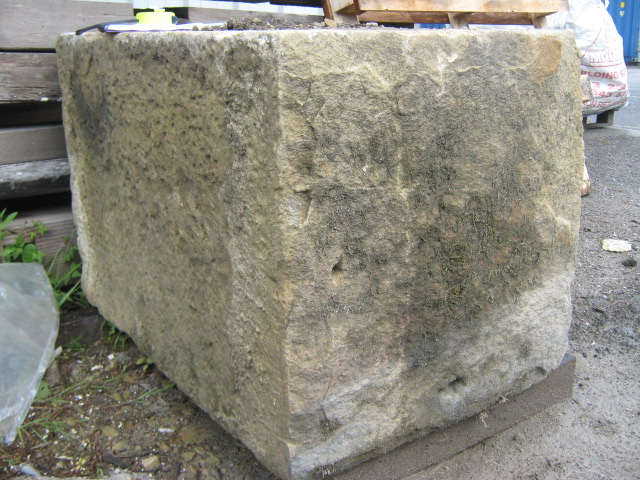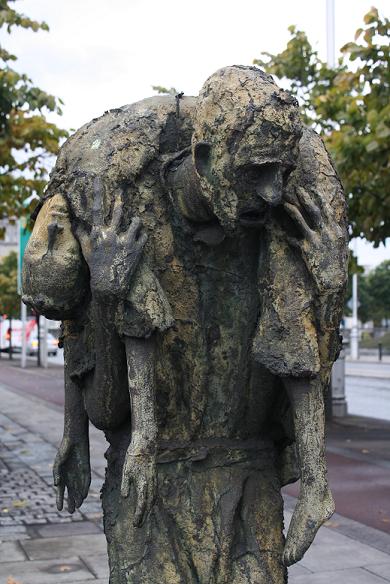In a post a couple of weeks back I said I’d answer some of the questions I’m asked regularly about writing. Today I want to talk about planning: how much planning I do and how it fits into the overall writing process. But before I start (and I can’t stress this enough) please remember that this is just how I like to do things: not the best way, maybe not the right way, but it’s WHAT WORKS FOR ME.
Planning is something I’ve talked to a lot of other writers about, and it seems everyone has a different way of going about things. Some folks sit down with the barest idea and just start writing, but I know that’s the very worst thing I can do. Staring at an empty screen or a blank piece of paper brings me out in a cold sweat. It induces a kind of uneasy panic and is very rarely productive. Some folks, right at the other end of the spectrum, do a huge amount of planning before starting a project, working out every tiny detail before they write even a single word. They might plan backstories for every character, draw maps of key locations, and so on. I think I’m probably somewhere between these two extremes.
Thinking about it, though, we all must do a similar amount of planning, perhaps just at different stages of the process. We all start with the spark of an idea, with the ultimate aim of turning that idea into a finished story that someone can pick up and read.
I’ll talk about harvesting ideas in my next post (because if I had a quid for every time I get asked where the inspiration for my stories come from, I wouldn’t need to sell any books to pay the bills) so, for the purposes of today, let’s assume you’ve already got your killer idea and you know the general direction you think your story is going to take. So how do you get from that initial idea to a completed story?
I think of the writing process as being similar to sculpting. Bear with me and I’ll explain…
Before I write anything, I spend a lot of time just thinking. My family don’t get it. I don’t think they believe me, actually, when I get out of the bath or come in from a run or from walking the dog and I tell them I’ve been working. But it’s often when I’m distracted (i.e. not looking at that blank screen or empty piece of paper) that inspiration strikes. I don’t tend to write down anything other than a few scribbled notes until I’ve thought about the idea long enough to have developed the broadest of details: the characters, the world, the ‘quest’ and the ending.
This is the point where, for me, the planning work really starts. I sit down and write an outline, which I then re-write, adding more detail. I re-write again and again and again… as many times as I think is necessary, filling in the blanks as best I can until I’ve written a scene-by-scene/chapter-by-chapter breakdown.
For me, the next stage of the process is the hardest and also the most important. It’s the dreaded first draft – the point where planning and writing collide, usually with ugly results. Make no mistake, finishing a first draft can be a long, painful and drawn out experience, and there’s a good chance you’ll end up scrapping much of what you write. But that’s not necessarily a bad thing.
The first draft is where I really get to grips with the book. It’s where the details of the plot get ironed out. At the risk of sounding really pretentious, it’s where I get to know my characters. Think about it: before this stage, you’ve only talked about the people you’ve created for your story in the broadest terms, but now you’re giving them a voice, describing their appearance, watching them interact with each other, and so on… it’s almost inevitable that things are going to change from what you’d originally planned.
Once the first draft is complete, I print it off and edit it from paper. I make notes directly on the manuscript and I also keep a separate document where I list my bigger concerns as and when they come up – themes or plot points I think need developing, alternate scenes/storylines, etc. Again, this is a good thing. Think about the point I just made about getting to know your characters. It stands to reason you’ll understand them better as you finish the closing chapters of your first draft than you did when you started writing, so there’s a good chance they might have done things early on in your book which might seem out of character or somewhat illogical by the end.
So, once I’ve edited my first draft and my notes are complete (they usually run to about twenty handwritten pages in length, to give you an idea), I start writing again. And again. I’ll rewrite as many times as I think necessary – until I’ve reached the stage where I no longer have any questions about the book. If there are any elements I’m still not sure about, the book’s not finished. Each time I rewrite I think of it as adding a layer of detail, and that’s where my sculpting analogy comes in.

Picture the scene: you’ve had a huge lump of stone delivered, and you need to turn it into a full-size, lifelike sculpture. You wouldn’t start by carving an eye, would you? Or by working on the hair or fingers? That’d be stupid. I’m no sculptor, but I reckon you’d start by carving the basic outline: getting the figure into position and in proportion, carving the general shape of the head, torso and limbs. Next stage: you’d probably refine the work you’d done so far, adding basic facial features, hands and fingers, clothing etc. After that, you’d get closer still… the folds of material, the expression on the face, veins and muscles and so on…
See what I’m getting at? I think it’s exactly the same when you’re writing a book. Start with your lump of stone (i.e. your idea), get the basic shape nailed (your plot outline, characters and locations etc.), add the key features (i.e. write your first draft) then keep chipping away at it, adding layers of detail with each subsequent draft until you’re done.
As I said at the beginning, this is what works for me and it might not necessarily work for you. I had a huge number of aborted attempts when I was trying to write my first book, and those failures were generally down to me not doing enough initial planning. I eventually set myself some ground rules which I stuck to rigidly. I started following these rules on 1st January 1994, and by May that year I’d written STRAIGHT TO YOU.
- Know what you’re going to write and do enough planning so you’re comfortable with what comes next.
- Write at least a page a day (or a chapter a day or so many words a day… whatever target you think’s appropriate).
- Don’t stop until you’ve finished each draft. Resist all temptation to go back and edit a draft until it’s complete.
- Don’t force it: if you’re not in the right mood to write, walk away and come back later.

A final suggestion I’ve heard from a number of folk – if you get stuck with a particular part of the story when you’re working on a draft, leave the scene out and come back later. Just annotate your manuscript (i.e. insert major fight scene/plot point etc. here) and carry on.
So that’s how I do it. Hope this helps. Next time – harvesting ideas.